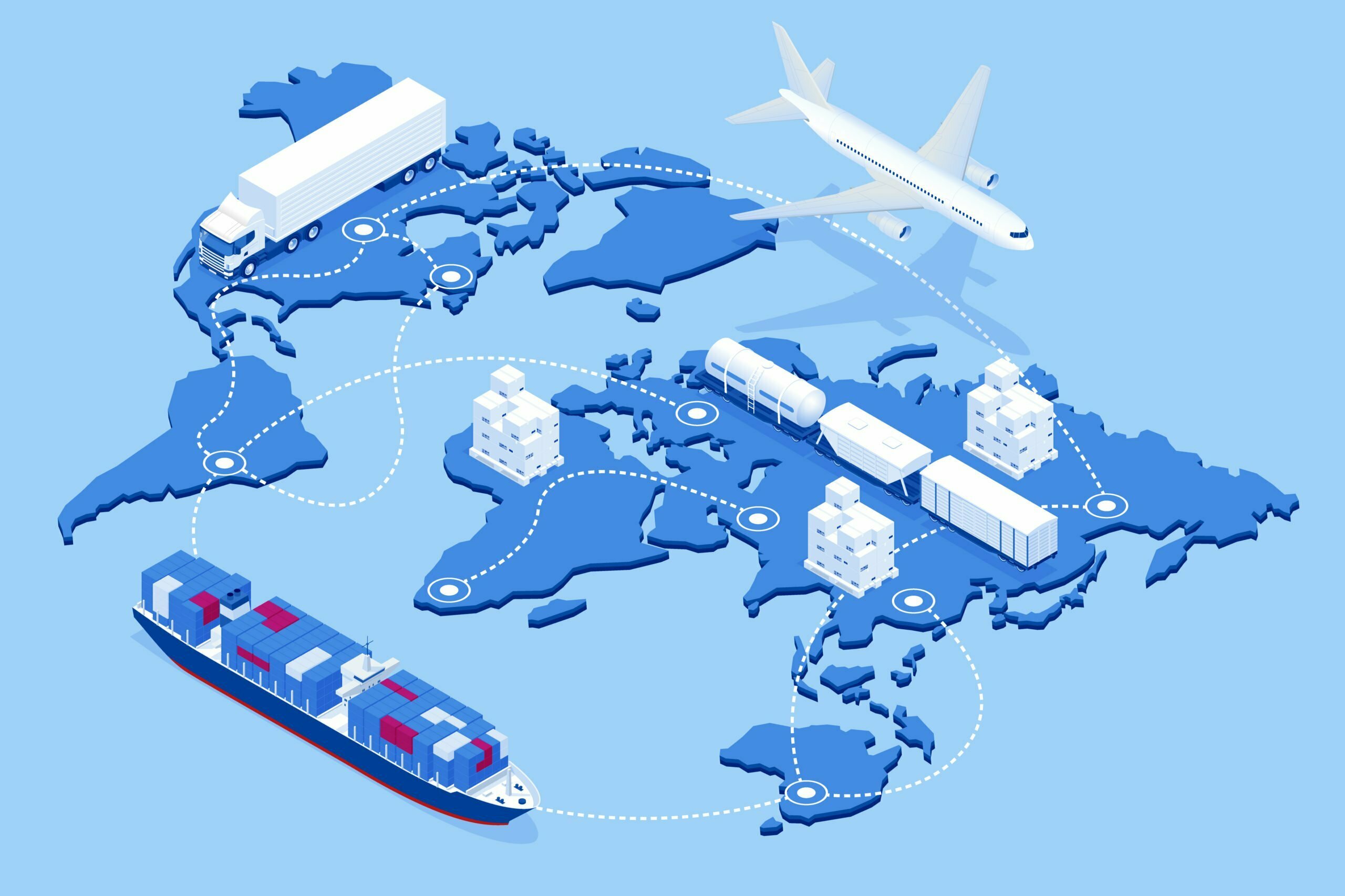In 2020, supply chain disruptions increased by 67%, with the pandemic affecting every industry, including healthcare.
Over the previous 19 months, there have been several supply chain interruptions from raw materials, labor, and production through shipping, transportation, storage, distribution, and “last-mile” delivery. We’re still dealing with a number of global, macro-level concerns that, when piled together, create bottlenecks in a system that wasn’t built to handle such demands.
The most pressing global supply chain disruptions:
- Massive consumer goods demand, compounded by seasonal purchase patterns, has resulted in record-breaking port congestion in the United States.
- Global shipping container imbalances and record freight and transportation costs.
- Manufacturers face higher costs and a scarcity of raw resources, such as semiconductors and plastic resins.
- Emerging natural calamities on a national and international scale.
- Long-haul drivers and manpower at ports and warehouses are becoming more difficult to obtain due to ongoing national labor issues across industries.
- China, India and other major manufacturing zones are facing unprecedented energy-related challenge, impacting production in various industries.
Product demand is at an all-time high
Offshore firms have been under pressure to create products at a much faster rate as a result of the significant spike in demand for goods in America. With regular operations resuming following lockdowns, there are currently more goods in containers arriving in the United States from Asia than empty containers returning for refilling.
The seaport shipping and receiving environment is becoming increasingly unbalanced. As a result, more goods are imported into the United States than can be unloaded and transported across the supply chain distribution network.
The Impact on Healthcare Supply Chain
Medical device manufacturers and distribution are recognized as vital globally, and are prioritized so that production and flow to the United States may continue as smoothly as possible. However, we’re witnessing current challenges play out at our own ports, where once containers arrive, they’re placed in the same line as other products, regardless of the goods inside.
Container loading and unloading are meticulously planned. The goods are loaded into ships depending on their target ports and subsequently by weight distribution. Because this is a commodities service, there is no way to prioritize which products be offloaded first, and there is no way to pay a higher price to deliver particular goods over others.
What Can We Do?
Because product lead times have increased dramatically, providers should consider purchasing early and reconsidering inventory management practices. In addition to the Strategic National Stockpile (SNS), health systems should maintain prudent PPE conservation and stockpiling methods to assist maintain supply levels until port congestion difficulties alleviate.




